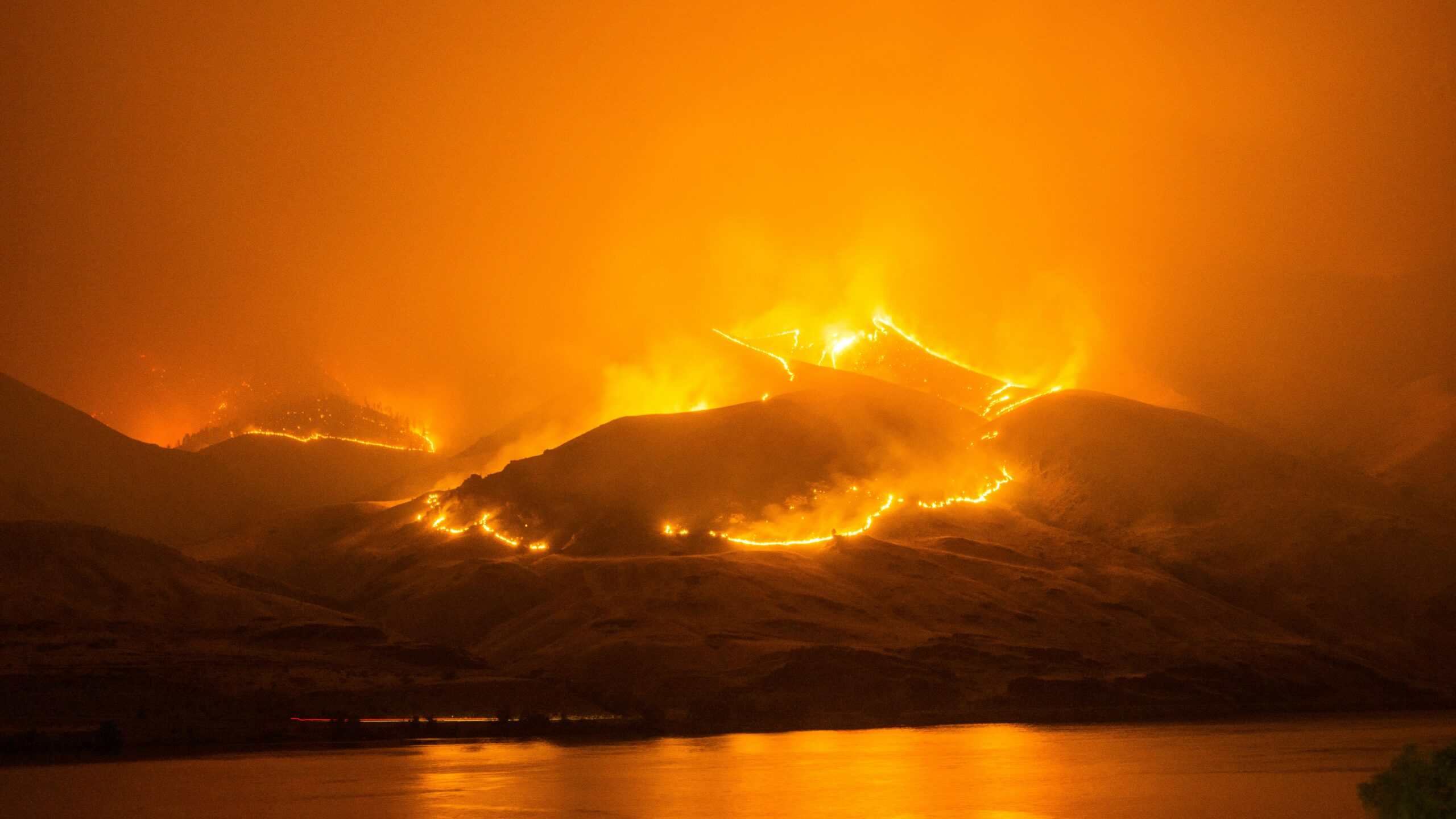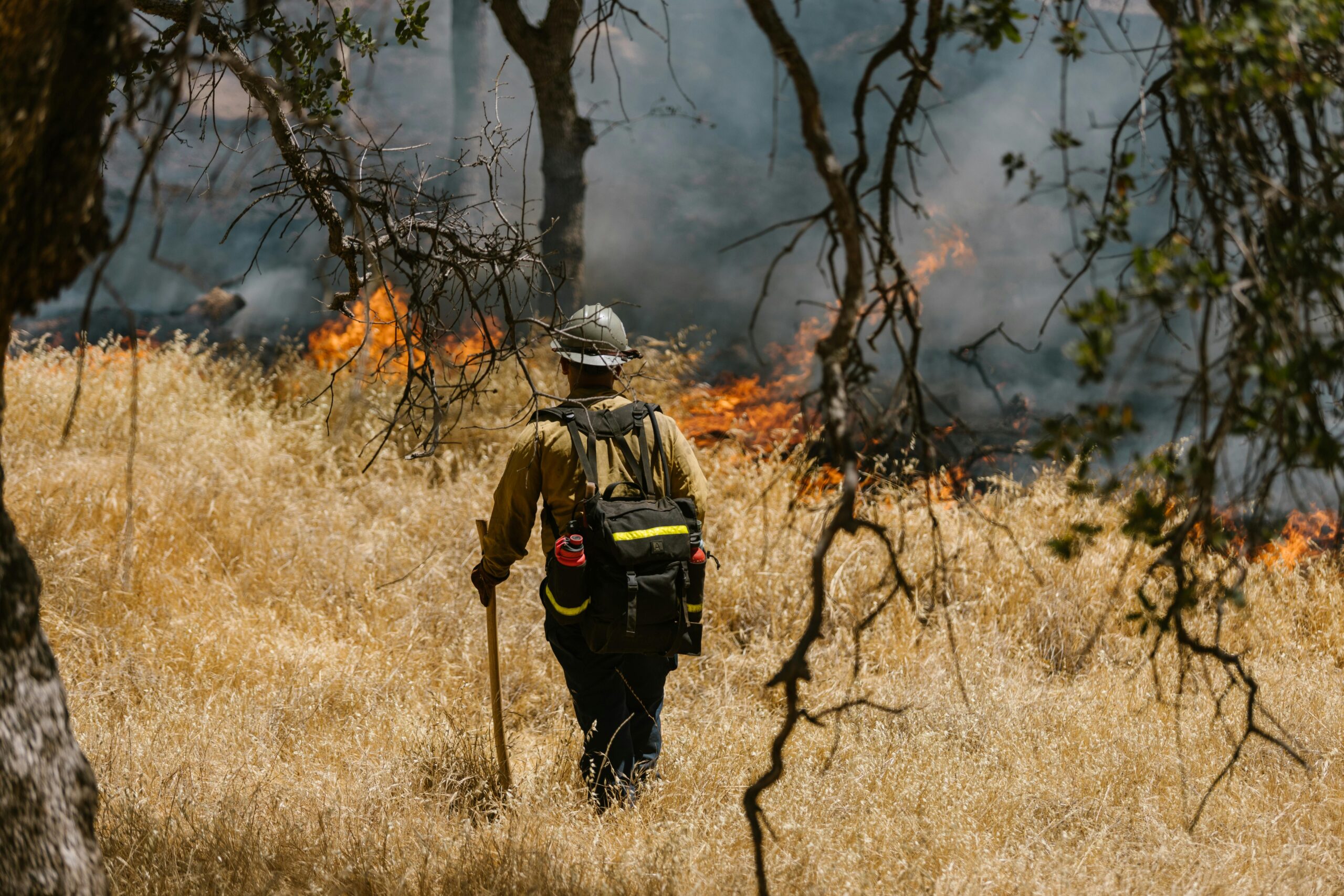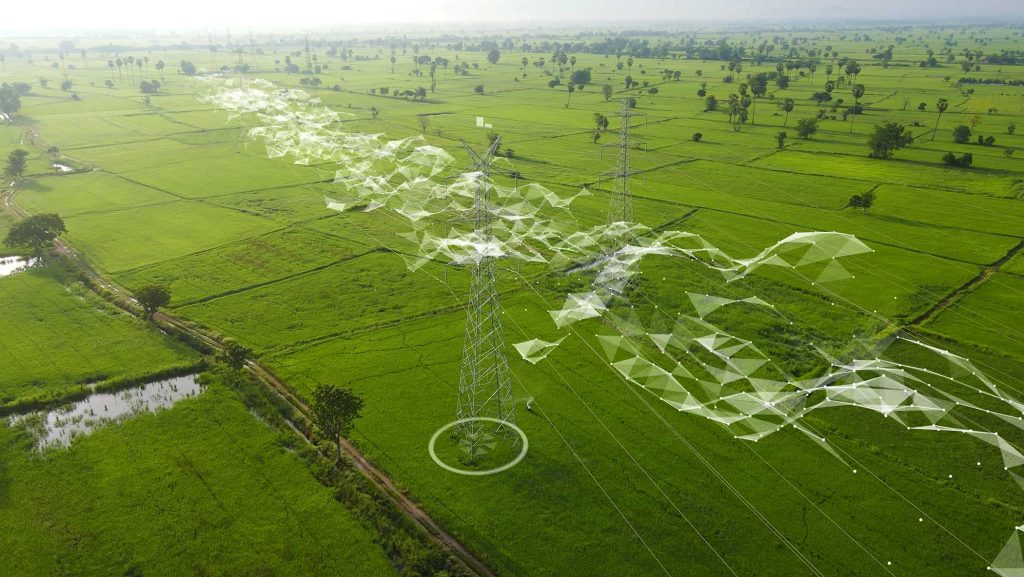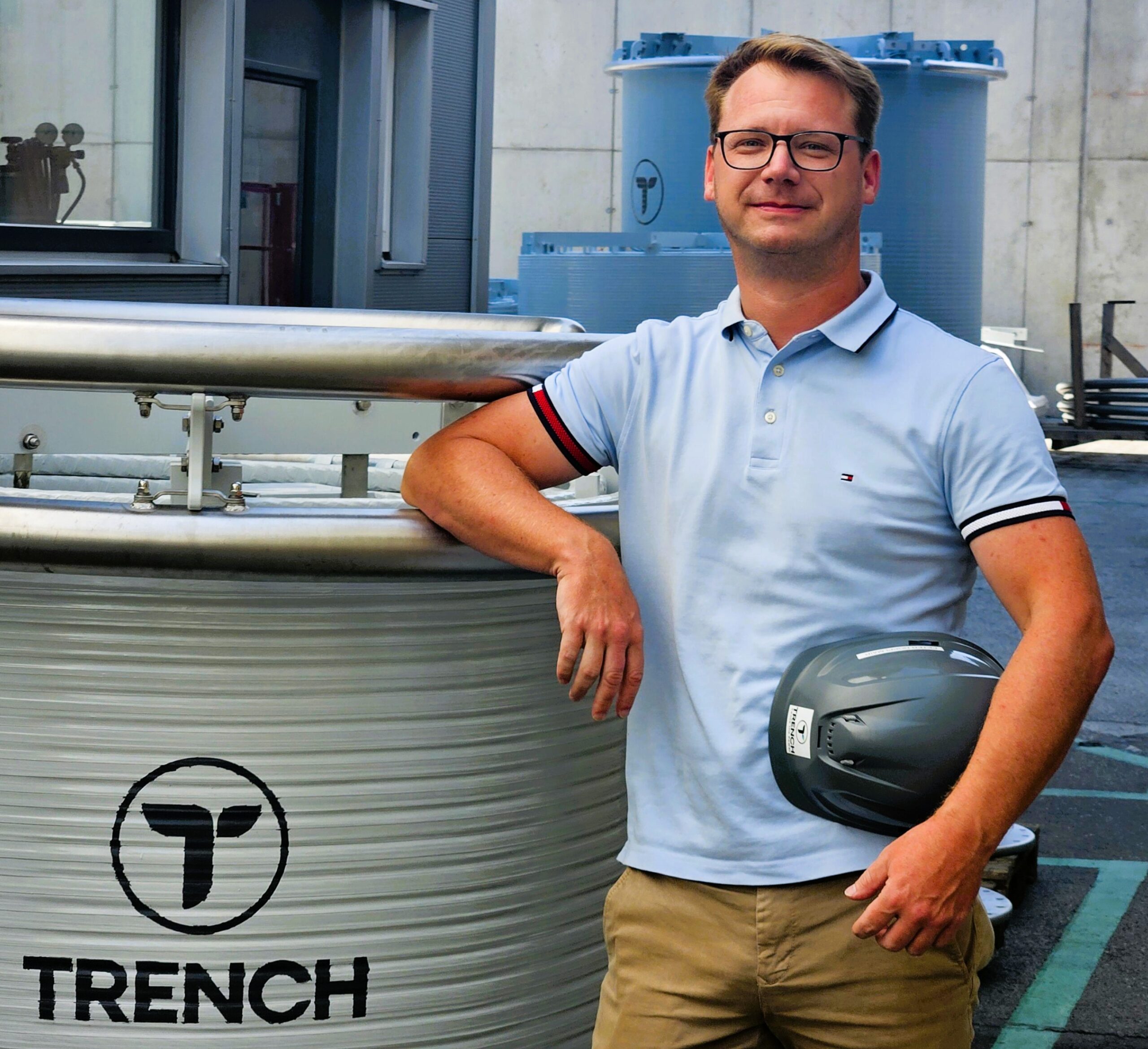CTO SERIES
True Tech
True Tech Series: interview with Peter Dopplmair, CTO Trench Group
Wildfires: How Trench protects nature and life with innovative network technology
Bushfires and wildfires are among the greatest natural hazards of our time—and power lines can play a role in this. Trench has developed technology that minimizes precisely this risk. CTO Peter Dopplmair explains how the system works, where it is already in use, and why it is important for the energy transition.
Mr. Dopplmair, why are wildfires and the role of power lines an issue for Trench?
We are currently seeing once again how devastating wildfires can be around the world – in Australia, California, southern Europe. However, it remains a matter of debate whether wildfires are caused by pure solar radiation, discarded cigarettes, arson, campfires, or even arcing from overhead power lines. Personally, I believe that all these possibilities can be reasons. Our system has the advantage that it reduces or completely prevents the effects of fires in all these cases. If the primary event is a wildfire that was not caused by the power line, an overhead power line can accelerate the spread of these fires unless it is immediately shut down.
The hot air generated by the fire is less insulating and can cause additional flashovers and arcing, which would cause the fires to spread even faster. If the primary trigger were the overhead line itself, our system can reduce the likelihood of wildfires. Arcing, which is caused, for example, by falling overhead lines and ignites dry grass or leaves, is reduced or completely prevented by our system. In short, our system helps to reduce or completely prevent the effects of wildfires in any case.
The risk increases with more extreme weather conditions and aging infrastructure. In regions such as California or Australia, this has long been a critical safety issue.

How does the technology develop by Trench work?
Our system detects earth fault currents and reacts in milliseconds. As soon as a line touches the ground, a fault current is generated. We then feed in a current that is opposite to the fault current. This extinguishes the arc before it can cause any damage. Technically, this is done via a converter connected to the neutral point of the grid. It sounds simple, but it is a highly complex control task that must function quickly and reliably.
Where did the idea come from—and how did Trench get involved?
The basic idea originated in Australia after devastating bushfires in the 2000s. The first systems were developed and put into operation. We got involved in 2015 because grid operators wanted and needed to increase the security of supply of the grid through another supplier of such systems. Since then, we have further developed the technology – with new features and particularly fast control algorithms, we have been able to significantly improve the performance of these systems.
Since then, we have further developed the technology – with new features and particularly fast control algorithms, we have been able to significantly improve the performance of these systems.
Where is the system already in use?
It is already operating successfully in commercial use in Australia. Pilot projects are currently being launched in the US, particularly in Southern California. The first systems have already been installed, and more are in the planning stage. There, the scale is expected to be in the hundreds of systems. The issue is less prevalent in Europe because many fires there have different causes. But there are applications here as well.
What are the challenges?
The technology works, but the grids need to be adapted. In North America, the networks are designed for rigid grounding. Our system requires a different insulation coordination. This is costly and time-consuming. In addition, the industry is conservative – everything must be tested and absolutely reliable. Nevertheless, more and more customers are deciding to reconfigure at least parts of their network to test such a system, as the potential risk reduction justifies the expense relatively easily.

What other possible applications do you see?
In addition to wildfire prevention, the technology can also improve grid protection – for example, in railway networks or large galvanically connected grid areas. We could also compensate for harmony. This opens new perspectives for grid stability and protection.
What would you like to see from politicians and society?
Greater awareness of the risks and clear framework conditions that promote innovation, including grid operation. In the US, the issue is also relevant from an insurance perspective, with lawsuits worth billions looming. This pressure is lacking in Europe. But every measure that makes power grids safer protects nature, human lives, and infrastructure. This requires political support and faster approvals.



